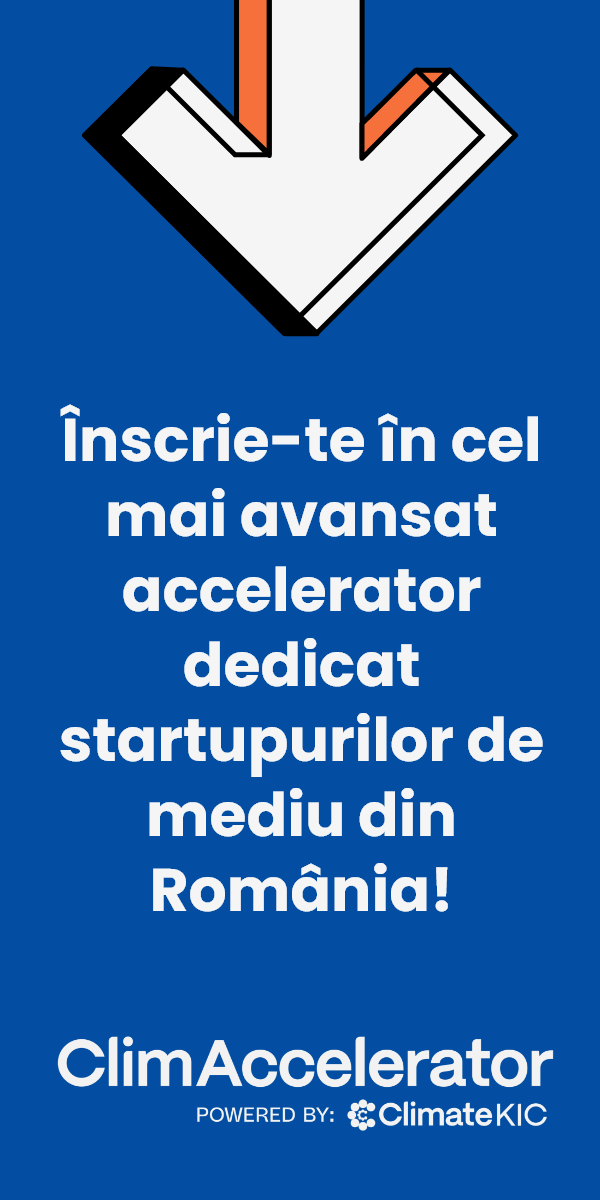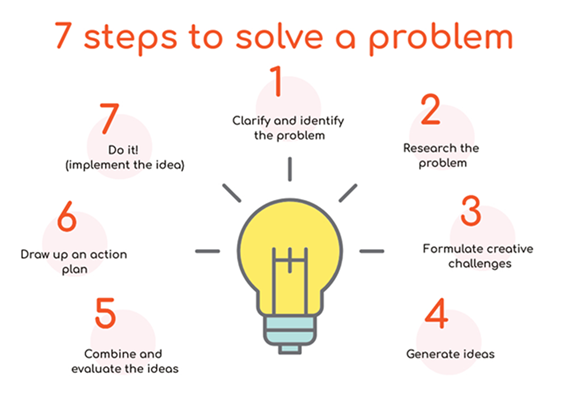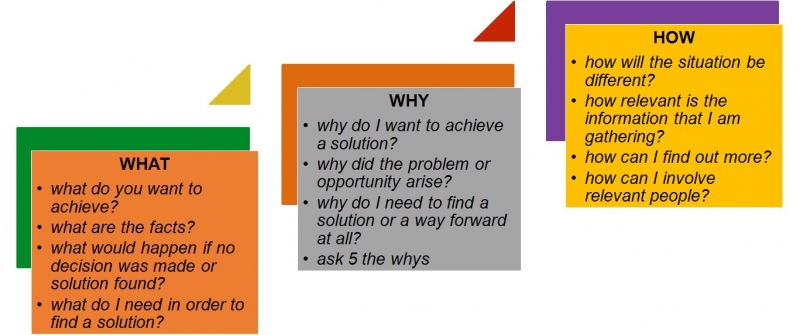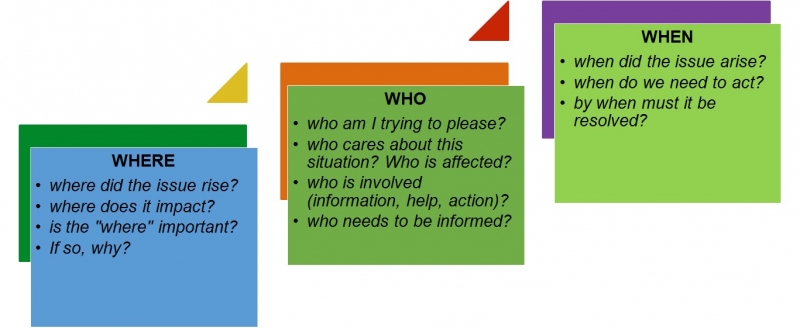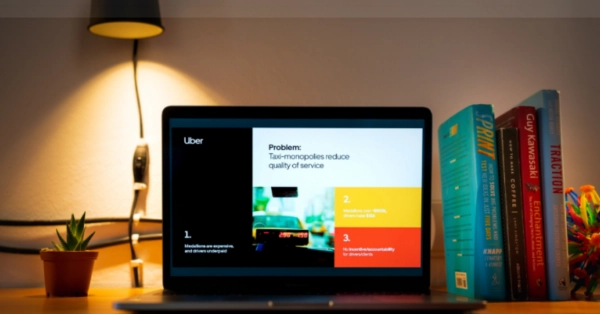Problem solving refers to planning, decisions and actions taken for finding a solution to a defined problem or problems.

Understanding the type and nature of the problem helps choosing the approach to solve it.
Problems may be:
- singular and simple or complex problems with the main issue and several sub-problems to solve
- generic or specific problems needing targeted, subjective and critical thinking and a strategic view
- knowledge-rich problems requiring knowledge and expertise
- open-ended problems with many alternative, equally good answers
- complicated, blurry or ill-defined problems for which both the problem and the outcome are unknown and no specific formula can be used for solving the problem
The steps of creative problem solving
1. Clarify and identify the problem
To do that you can start with the 5 Whys technique (what, why, how, where, who, when) and integrate it within a wider problem-solving activity - the “Question checklist”, which is a simple but effective problem-solving activity and easy to adapt to any specific circumstances.
2. Research the problem
The next step is to research the problem in order to get a better understanding of it. Depending on the nature of the problem, you may need to do a great deal of research or very little.
The best place to start these days is with your favourite search engine, but do not neglect good old-fashioned sources of information and opinion (libraries, friends, business partners, clients, colleagues and family can also provide thoughts on many issues).
However, always try to get feedback from several people to ensure you get well-rounded information.
3. Formulate creative challenges
The next step is to turn these issues into creative challenges.
A creative challenge is basically a simple question framed to encourage suggestions or ideas. Creative challenges should not include evaluation criteria.
For example: “How might I find a more rewarding job that is better paying and situated close to my home?” If you put criteria in the challenge, you will limit your creative thinking. So simply ask: “How might I find a more rewarding job?” and after generating ideas, you can use the criteria to identify the ideas with the greatest potential.
4. Generate ideas
This is the part that most people associate with brainstorming and creative problem solving: idea generation.
Brainstorming is a creative problem-solving technique. The purpose of brainstorming is to generate ideas. Brainstorming is a group creative technique for generating ideas, as opposed to “lone ideation.”
6. Draw up an action plan
After you have written down all your ideas, take a break. It might just be an hour. It might be a day or more. Then go through the ideas. Related ideas can be combined together to form big ideas (or idea clusters).
Then, using the criteria you devised earlier, choose all of the ideas that broadly meet those criteria. This is important as if you focus only on the “best” ideas or your favourite ideas, the chances are you will choose the less creative ones! Nevertheless, feel free to include your favourite ideas in the initial list of ideas.
At this point, you have some great ideas. However, a lot of people have trouble motivating themselves to take the next step.
Creative ideas may mean big changes or taking risks. Some of us love change and risk. Others are scared by them. Draw up an action plan with the simple steps you need to take in order to implement your ideas.
Ideas that involve lot of work to implement can be particularly intimidating. Breaking their implementation down into a series of readily accomplished tasks makes these ideas easier to cope with and implement.
7. Do it! (implement the ideas)
This is the simplest step of all. Take your action plan and implement your idea. And if the situation veers away from your action plan steps, don’t worry. Rewrite your action plan!
Here are some brainstorming activities and examples: https://miro.com/guides/online-brainstorming/examples













